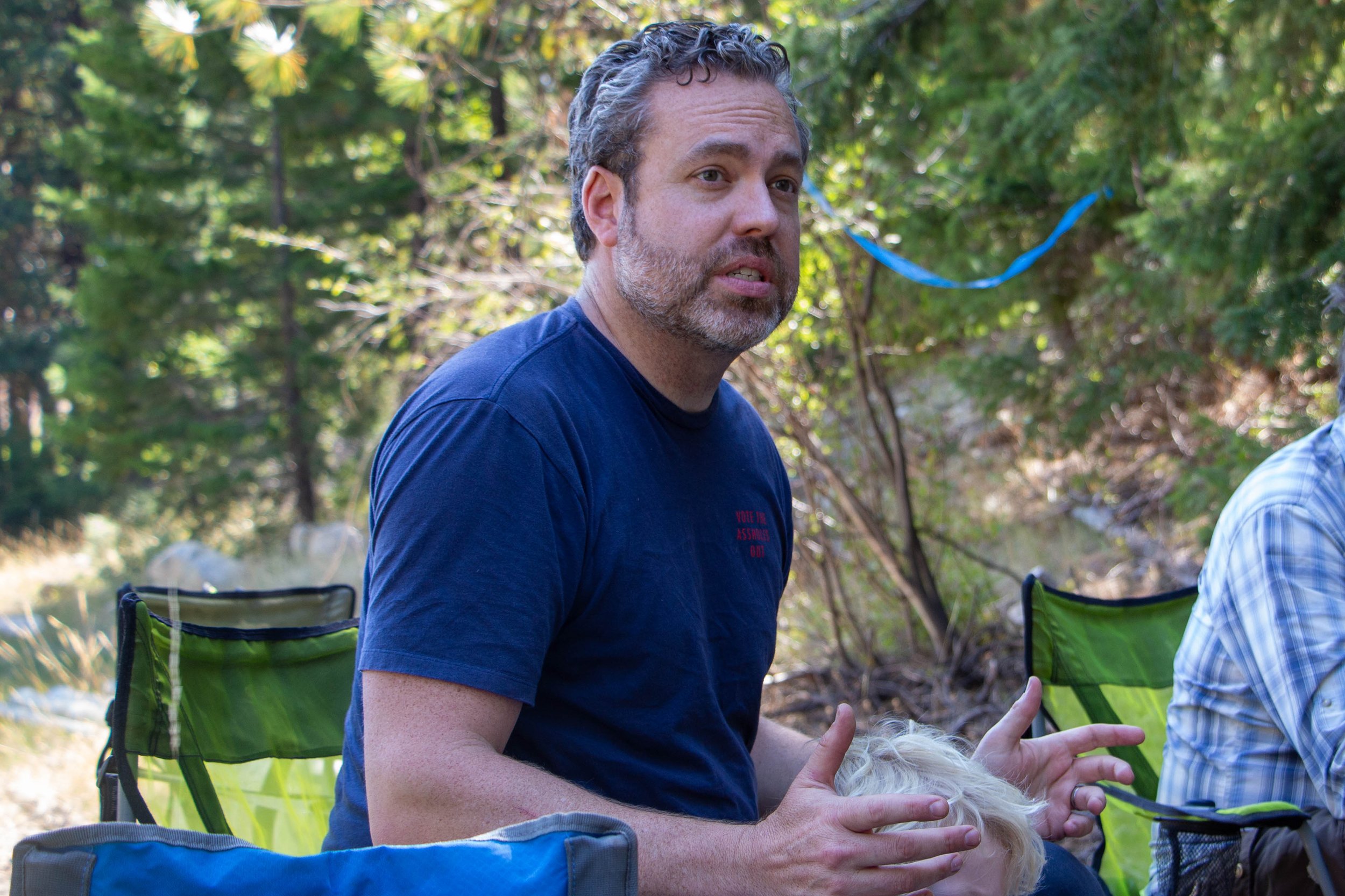Mary O’Brien
Scientist, activist, stakeholder member of Monroe Mountain Working Group
Castle Valley, UT
9/16/21 - 10/3/21
Mary O’Brien has worn a lot of hats during her more than 30 years of work on environmental causes. She is a Ph.D. botanist and an activist who has been involved with kickstarting regulations for toxic chemicals in Oregon, preserving the Hells Canyon National Recreation area, and, most recently, pushing for responsible management of range areas. In the intermountain West this applies to a vast amount of land given that most public land in this country is open to livestock grazing. Mary has seen and documented the negative impacts cattle have on these places—trampled and incised streams, loss of riparian habitat, and reduced biodiversity in forest—and she believes there need to be fewer cows on public lands.
On Monroe Mountain in south-central Utah, the Forest Service is currently undergoing a restructuring of grazing allotments. They will decide how many cattle will be allowed in what areas, and what environmental standards will be enforced for the foreseeable future. Mary gathers scientific data such as the height of grasses in riparian areas, to hold organizations like the Forest Service accountable to commitments they have made to conserve habitat.
Mary explains that “the interesting thing about numbers and methods that anyone can repeat, is that you can’t deny that . . .if they think we’re making stuff up, they can go to that spot and rerun their own transects.” The Forest Service must take this undeniable proof (i.e. data collected in the National Forest) into account when they make decisions. She sees science as a way of taking the human perspective out of the picture, and letting other species speak through the data. She firmly believes the nonhuman members of the Utah ecosystem deserve a seat at the decision-making table.
Mary works hard, walks fast, and holds herself and her work to a high standard of accuracy. She pushed the Westies to do what it takes to get accurate and precise data, hiking far over cacti and scrambling through juniper trees to set the tape measure in a straight line for a transect. When it came time to write up reports, she edited the work that 20 students produced almost as fast as it could be written. Multiple drafts later, reports were sent in to the Forest Service to be considered when planning the new grazing rules in Monroe Mountain.
By Reya Fore




